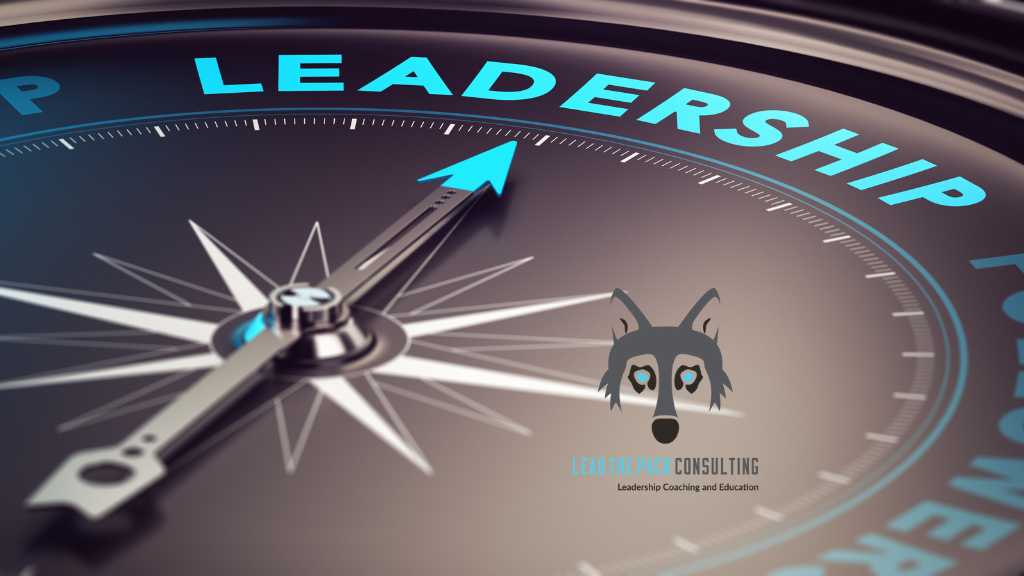One thing is clear: As a leader in your organization, you will need to further nurture your relationships within your organization. You might already be in a relationship-building role, but what else do you need to focus on to make 2023 more successful for you and your organization?
1. Understand the landscape
As a leader, you will need to know what your current organization is working on, understand the organizational strategy, and define the approach for building the relationships that support this strategy. Situational awareness is one of the key skills of leaders (and Business Relationship Managers) and will help you to focus your relationships on what matters most.
It is easy to work with people you like, but you have to focus on building a relationship network that can make an impact on your organization’s objectives – even with the people you don’t like. Understanding the landscape will set the direction you want to take the organization. Simon Wardley’s Strategy maps are a great starting point to learn more about defining the landscape.
2. Recognize the complexity
Now that you have familiarized yourself with the landscape, and know the direction you want to go, consider the complexities of decision-making. It’s essential to realize that different approaches are required for simple and complex issues, but you also need to be able to recognize the difference between the two.
Not every issue is complex, nor are they all simple or clear. Being able to differentiate will help you understand the approach you need to take to solve the issues successfully. For more information on identifying challenges and how to make better decisions, we suggest you check out the Cynefin Model, developed by Dave Snowdon.
3. Build collaborative relationship networks
When you understand the landscape and how you need to approach making complex decisions in your relationships, you can start building collaborative relationship networks. There are multiple dimensions in building relationships. In a partnership, you need to understand that it is not always clear how transactional approaches still support the partnership. Map your relationship network in such a way that it is clear how everyone participates in the results and delivers value to the organization.
Relationship maturity models only get you so far and are often too simplistic in nature. A high-performing, transactional relationship is always valuable, because it supports other areas where strategic collaboration is needed. Context is critical in building collaborative relationship networks
4. Focus on behaviours
- What will you stop doing in those relationships?
- What will you start doing?
- And what will you continue to do to make the collaboration successful?
Is this your year?
to become a more successful and effective leader in your organization. Start with these key steps:
1. Know the landscape
2. Recognize the complexity
3. Develop collaborative partnerships and
4. Build an action plan for further cultivating your relationship network
Lead and Succeed.
Leadership Coach – Lead The Pack Consulting

